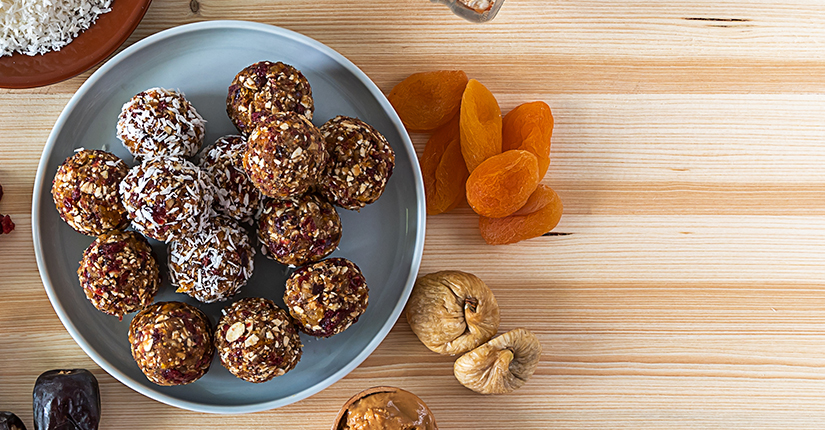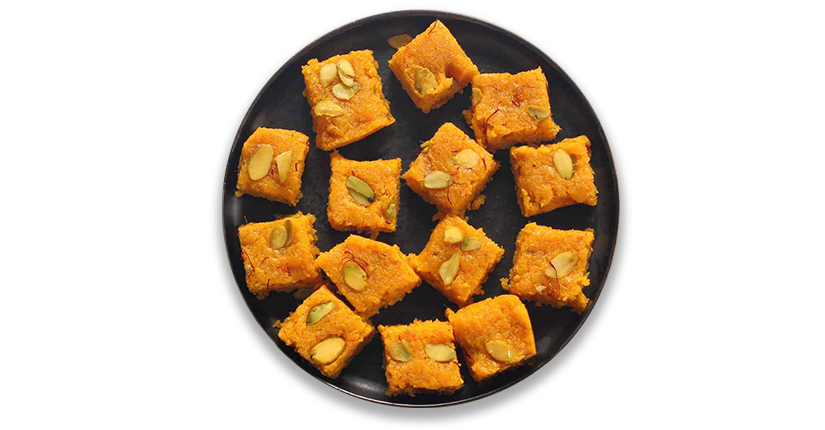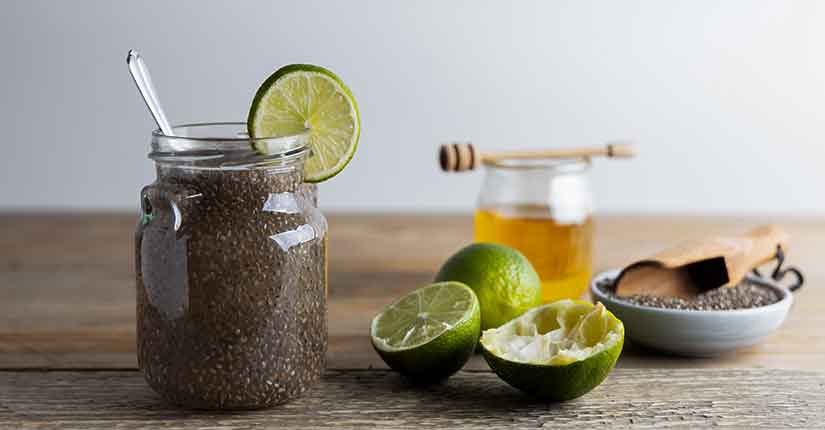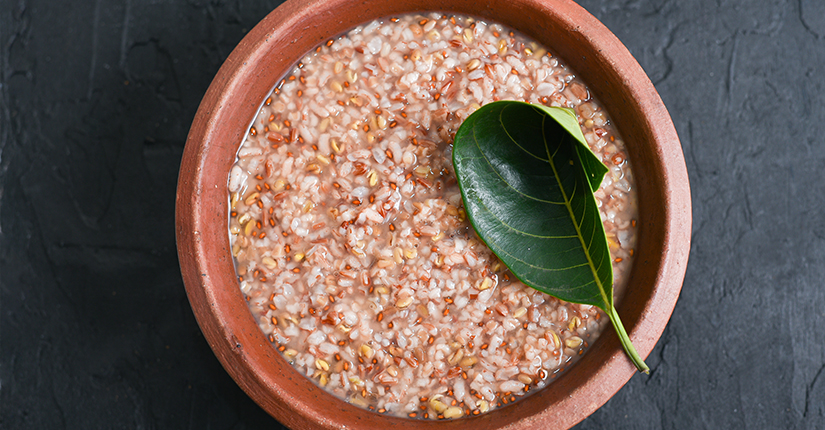International Yoga Day 2022: 6 Secrets of Yogic Nutrition
By Nmami Agarwal 21-Jun 2022 Reading Time: 6 Mins

Yoga is more than just a set of pretzel-like poses. It is a spiritual philosophy and a lifestyle deeply rooted in healthy living. While some yoga practitioners choose a vegetarian or a vegan diet, others follow an even stricter diet that’s free of stimulants like caffeine, alcohol, and refined sugar. The main reason to follow a yogic diet is that it promotes healing, balance, and inner peace. It improves the quality of life and life expectancy.
A yogic diet basically is a diet that is a combination of Yoga practice, spiritual progress and stimulants free vegetarian/vegan diet. The yogic diet focuses on consumption of natural, unprocessed foods that promote spiritual, mental and physical health and aligns with yogic philosophy.
Here are the 6 secrets of Yogic Nutrition:
- An Alkaline start
There is a buildup of toxins and acids in our bodies overnight, hence a ritual of lemon water on an empty stomach is very dear to yoga. It is extremely alkaline, detoxifies and wakes up all the organs much better than coffee does. Add pink himalayan salt to it and you further increase its detoxifying power. - Sattvic eating
In ancient texts, there is no mention of carbs, proteins and fats. Food is divided into sattvic, rajasic and tamasic. Sattvic diet is one that leads to clarity of mind and physical health. It is plant-based, light and extremely alkaline and eco-friendly like fresh fruits, green leafy vegetables, nuts and grains. Rajasic is more stimulating,heat producing, rich and acidic, which includes meat, eggs, pickles, tea/coffee. Tamasic diet leads to dullness and lethargy. It’s acidic and reheated, and it includes alcohol, sugary foods and beverages. Yogis only follow the sattvic way of eating. - Plant based
Everything in yoga is related to prana (life force). Food which has prana gives us physical and emotional strength. Cooked food is of less importance as heat destroys its fibre, nutrients and enzymes to quite an extent. So are canned, frozen, microwaved or highly processed foods. Raw food, as intended by nature, gives us all vitamins and minerals – and in the most bioavailable form. The method of sprouting is given top importance as its one of the best ways to consume live enzymes that are needed in our digestion process and fighting the disease. - Fasting
Yoga believes that accumulation of toxins are a reason to contract disease. Wrong eating habits, exposure to chemicals, build-up of negative emotions lead to an imbalance of mind and body. Fasting is one of the most common practices that can counterbalance this. There are ways of fasting: Water fast, Fruit fast, Giving up one or two meals in a day. The main reasoning behind this is to give our digestive system a break. However, one must not rely on this for losing weight. - Good fats
Yogic nutrition is incomplete without ghee, coconut oil and soaked nuts/seeds. They make food appetising, digestible and satisfying. They help in keeping the brain healthy. - Smaller Portions
A famous yogi once said: “The greatest enemy of health and long life is overeating” There is a term in yoga called Mitahara which means moderate eating, leaving one quarter of the stomach reserved for the movement of air. This eating style is easy on digestion and in quantities that can keep the body and mind clear and light.
Over to You
Beginning and adhering to a yogic diet can certainly be challenging. It is best to take it slow and ease your way into it.Start with one or two changes and see how you feel. Slowly explore and add more changes as you can. Make sure that these changes do not create stress or imbalance in your life.





















